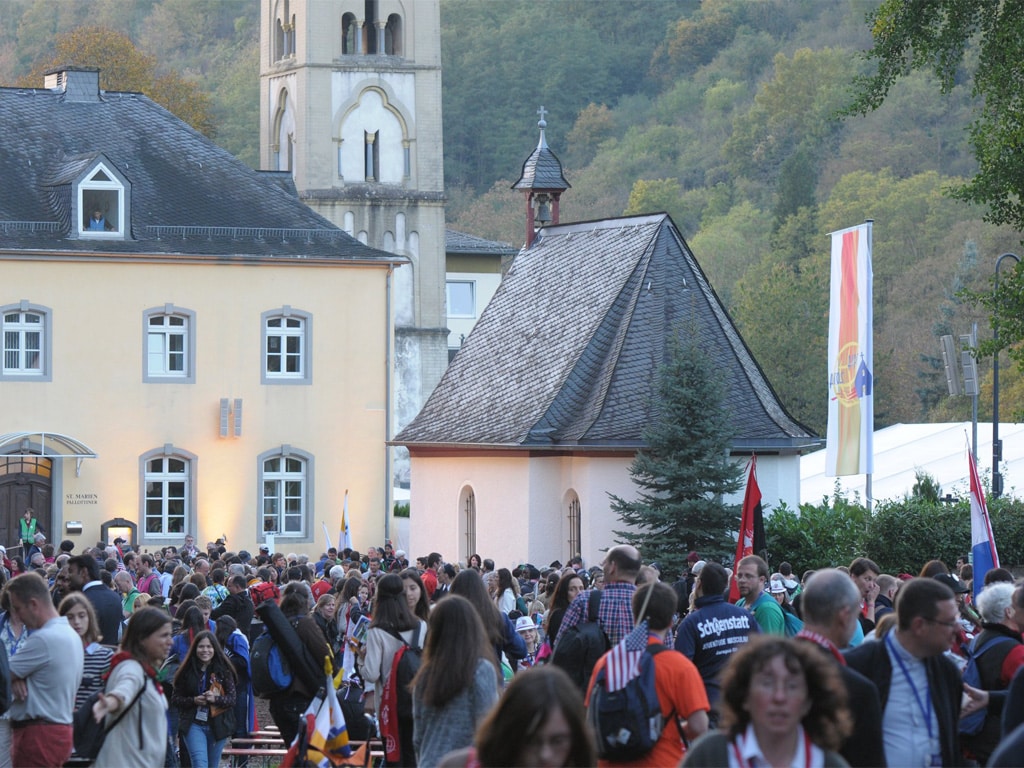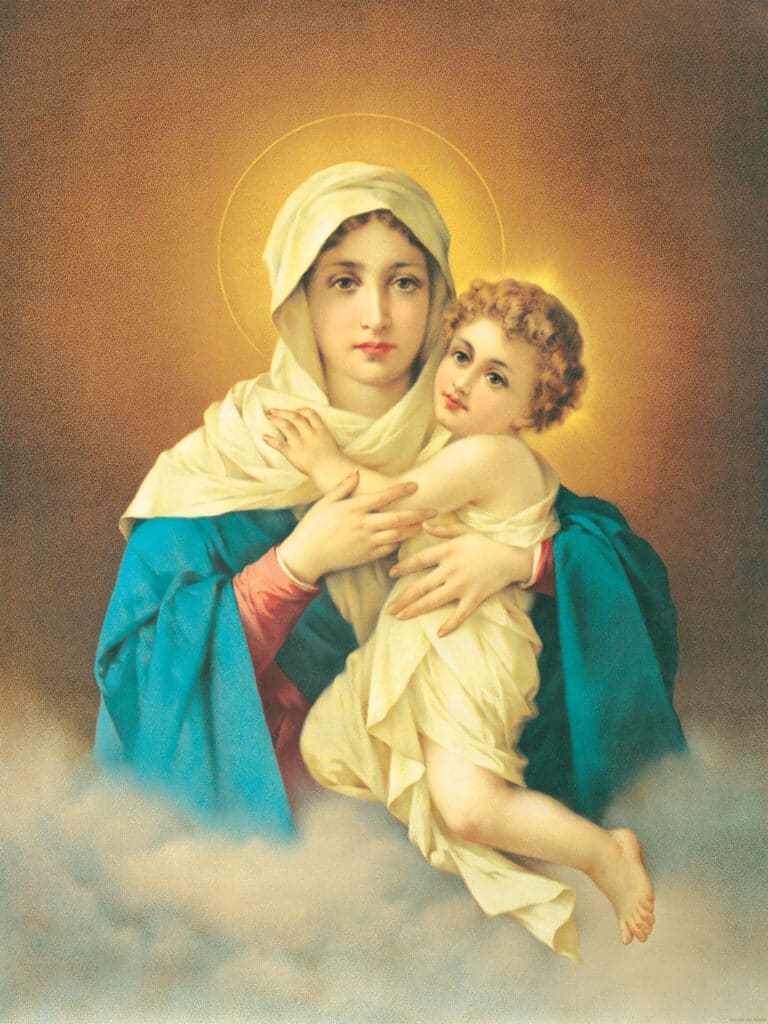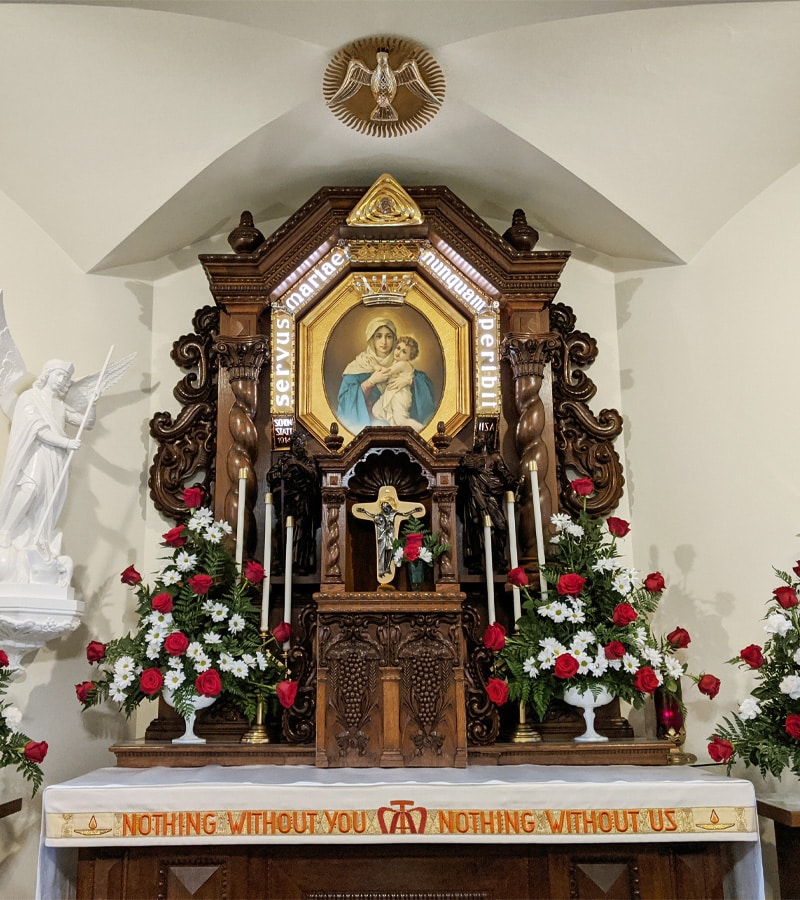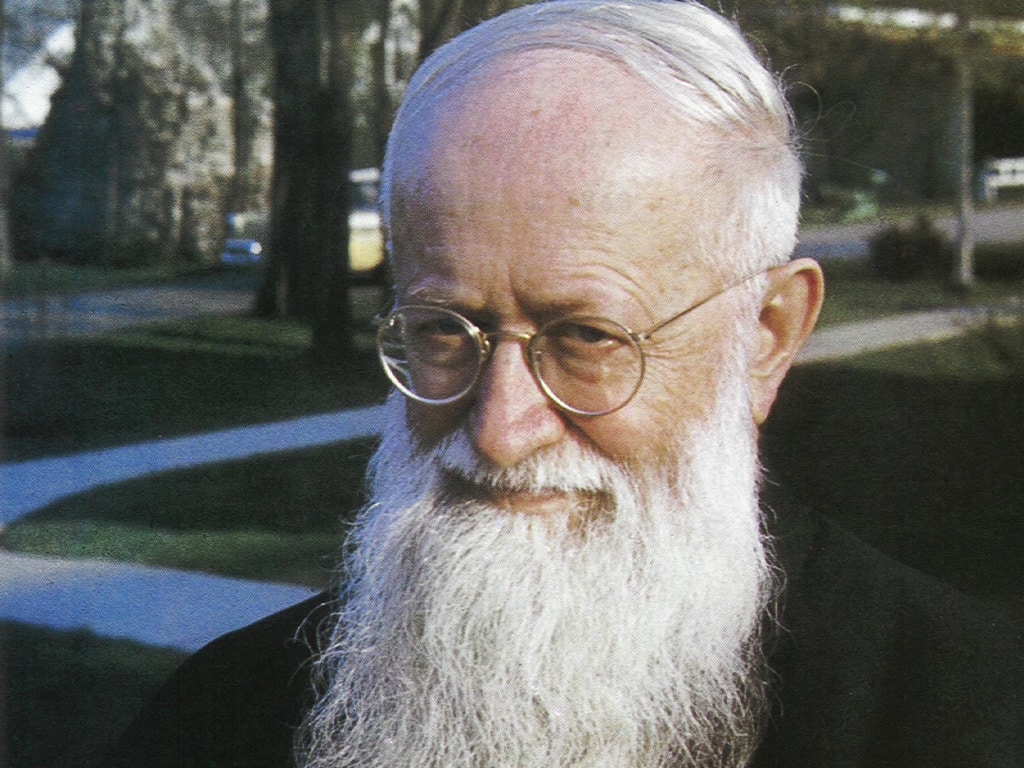Covenant of Love
Nothing without you, MTA, nothing without us
How it all began …
Schoenstatt’s founding act in 1914 is the moment when Father Kentenich and the founding generation offered their striving for sanctity and asked Mary to come to dwell in their chapel, the Schoenstatt Shrine, transforming it into a place of pilgrimage and their cradle of sanctity. It is from this original act that Schoenstatt’s life, identity, and fruitfulness flow.

100+
Years of the Covenant
The relationship between the covenant of love and Schoenstatt’s life is like that between baptism and the Christian life.

100K+
Happy allies
Walls or Windmills?
“When the storms of change blow over the land, some people build walls to protect themselves and to keep the storms at bay, whereas others build windmills to generate energy.” (Chinese proverb)
The covenant of love is a recognized form of Marian consecration in the Church
Like the consecration of the Marian Sodality, the De Montfort (Grignion) consecration and other forms of consecrations to Mary, it consists of total giving of oneself to Mary. Father Kentenich characterized Marian consecrations as a total and mutual exchange of hearts, goods, and interests. Through this exchange, one grows in love, in one’s overall spiritual life, and in the ability to fulfill one’s mission. In the Catholic experience, Mary has proven to be an outstanding consecration partner, leading persons, nations, communities, and generations to a deeper fervor of love and commitment to Christ and the Triune God.
The covenant of love is an act of consecration (as individual or community) to Mary as the Mother Thrice Admirable of Schoenstatt. It brings about a deeper relationship with Mary and gives one full participation in the stream of life and graces originating in the covenant of 1914 and flowing from the shrine. Each new member or group also contributes in a unique way to the original covenant, enhancing and enriching it, even while the covenant enhances and enriches the life of each member or group in return.

“Nothing without you, MTA, nothing without us!"
GROW IN LOVE, IN ONE’S OVERALL SPIRITUAL LIFE AND IN THE ABILITY TO FULFILL ONE’S MISSION
This tradition goes back to 1933 and is an expression of the covenant of love. The “nothing without you” shows Schoenstatt’s dependence on the presence and activity of Mary in the shrine. The “nothing without us” says the necessity of our cooperation and striving so that the terms by which Mary was persuaded to come to dwell in Schoenstatt are met.
Schoenstatt as a movement of ideas, life, and grace
Fr. Kentenich spoke of Schoenstatt as a movement of ideas, life, and grace. The covenant of love relates to Schoenstatt on all three levels. On the level of ideas, it inspires a coherent world of thought and gives impetus to study God’s covenant, Marian consecration and categories for understanding a vibrant experience of faith. On the level of life, it forms the exterior and interior features of what Schoenstatt is and does. On the level of grace, it is the source from which graces flow, not only for its own members but also for the whole Church.
The relationship between the covenant of love and Schoenstatt’s life is like that between baptism and the Christian life. It is a life-process, a dynamic unfolding of vital forces started by the working of the Holy Spirit and carried out by the cooperation of human instruments. Its origin is an inbreak of the divine that takes root and grows. As it unfolds, it develops a unique identity and touches all areas of life, both natural and supernatural. Ideas play a role in the unfolding of this life-process, but (unlike an ideology or philosophy) are not the primary source of vitality. It lies much deeper, at the core of the human person who is completely penetrated and animated by the action of God made manifest in his life.
The relationship between the covenant of love and Schoenstatt’s life as a movement is visible in its history, which is in essence the history of the unfolding covenant of love. It is also visible in the life of each member who makes the covenant of love; this personal covenant enriches both the individual and the community. It is also visible in the life of each group and community, each of which proves a unique dialogue of love and life between the covenant of the movement as a whole and distinctive life of the given group of members.
The covenant of love shapes Schoenstatt in many ways. It forms its organization and structure, putting a strong accent on being a family of Mary around the Shrine, making it a confederative community, that is, a “family of families” seeking its unity in the covenant relationship with the MTA. It forms its spirituality and pedagogy, resulting in a covenant-centered approach to faith, hope and love, and to education.
The covenant even impacts the understanding and role of the Shrine as a place of grace, for it did not arise from an apparition or vision (leading to an accent on extraordinary phenomena), but from a mutual relationship between the earthly and heavenly partners (placing the accent on the ordinary ways to sanctity and on uniting God’s action with our cooperation).

My childlike trust and my sovereign calm
"I have made the covenant of love"
“While we were walking in the cemetery in Milwaukee, I asked P. Kentenich one day whether he still believed that he return to Schoenstatt because all the signs indicated the opposite, and the decrees from Rome restricted him more and more. He suddenly stood still and solemnly said, “I now reveal to you the great secret of my childlike trust and my sovereign calm: I have made the covenant of love.”
(Father Josef Neuenhofer, Only and always Father, 30)
Four dimensions of the Covenant of Love
The covenant in the depths, in the heights, in the breadth, in the length
